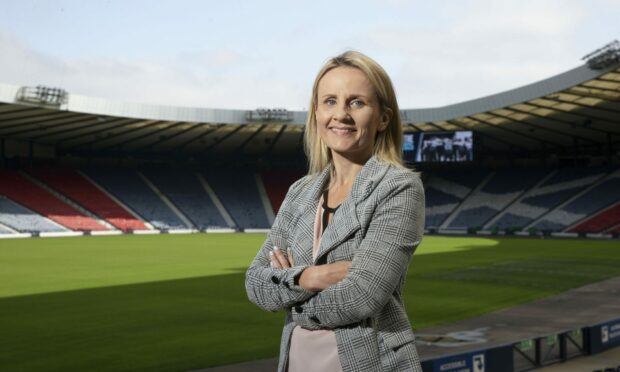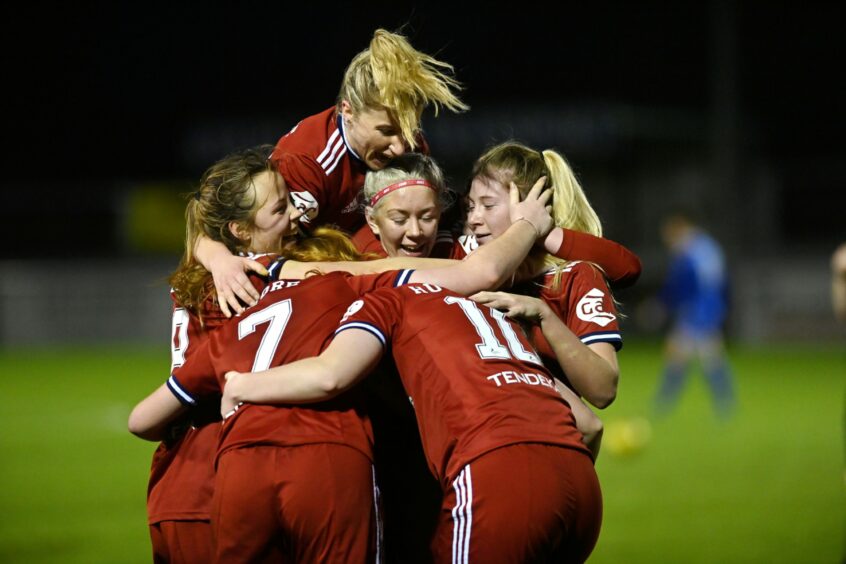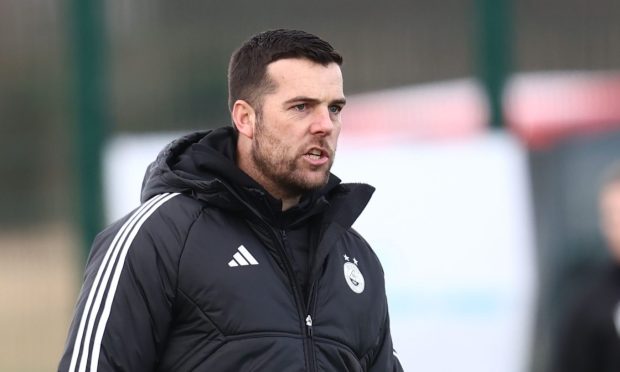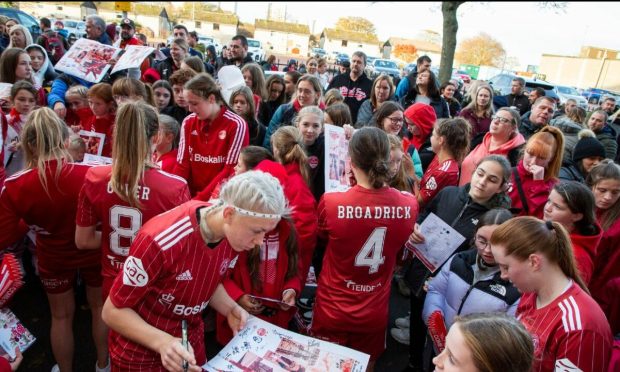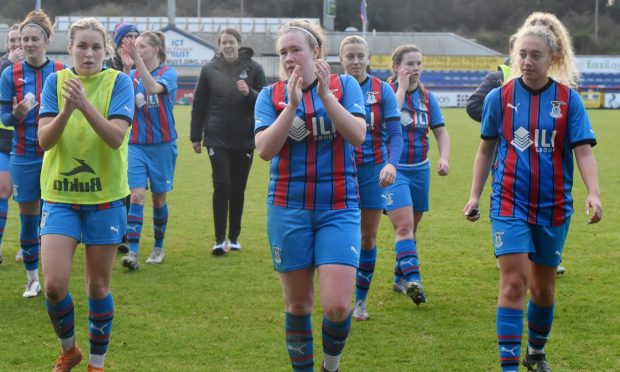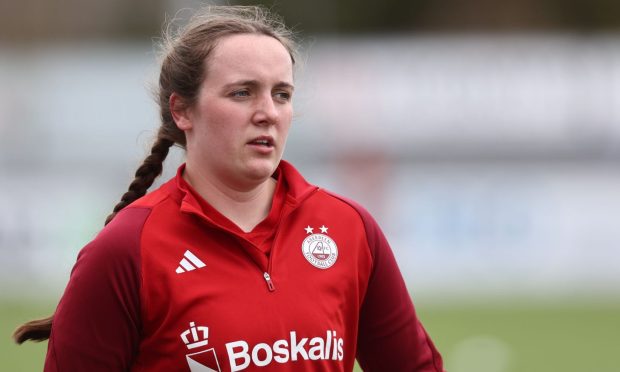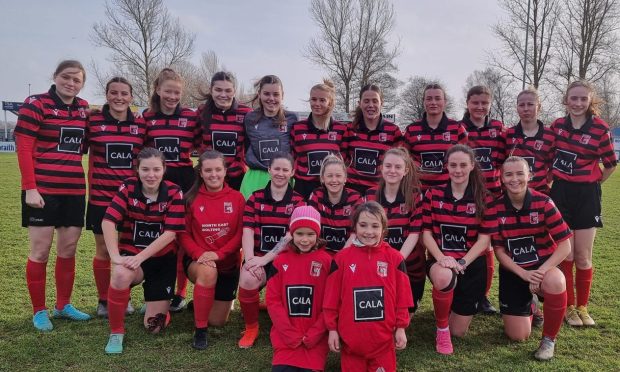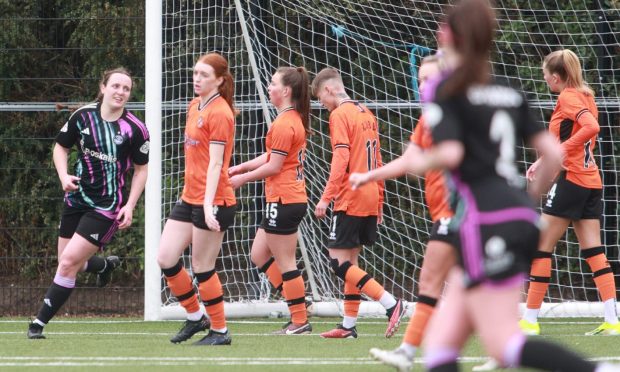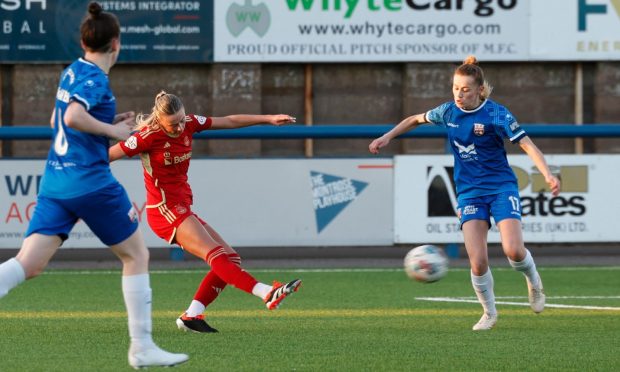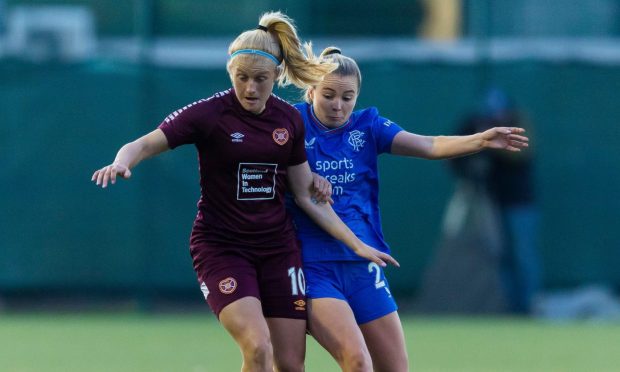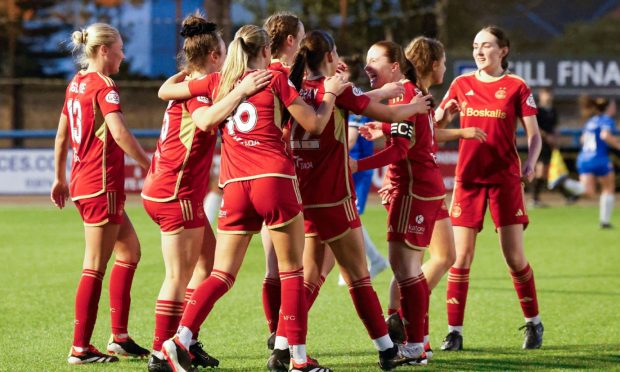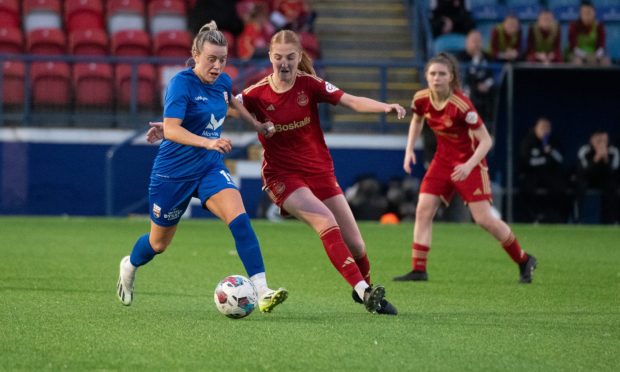Scottish FA Head of Girls and Women’s Football Fiona McIntyre reckons the elite teams’ move to the SPFL is the ‘biggest change’ she’s seen in the women’s domestic game.
The two-tier Scottish Women’s Premier League (SWPL 1 and 2) has been governed by Scottish Women’s Football for as long as it has existed, but from next season it will fall under the SPFL umbrella.
The move comes after months of negotiations between the SPFL, SWF and SFA, which resulted in the majority of the 17 clubs voting in favour of the switch.
From next season, the top two tiers of women’s football will run as a subsidiary model to the SPFL, with a separate board that will include club representatives, as well as an independent chair, a managing director and an independent non-executive director who will now be recruited.
Women’s football can only get better
McIntyre believes that the future of women’s football can only get better as the SPFL – which runs the top-four divisions of men’s football in Scotland – as the organisation seeks to make the women’s game ‘self-sustaining’ through commercial and broadcasting revenue.
“It’s the single biggest change I’ve seen in the game, certainly in my involvement and in terms of the structures, in the organisation and governance,” McIntyre said.
“For a long time, all the leagues and competitions have sat under SWF, who have done a really fantastic job and actually getting the game where it is at this point, but there’s a sense and a feeling that we’re ready for that next step now.
“It feels like this is the right move that will help us grow that professionalism, but also the opportunity to generate more revenues in terms of broadcast and commercial, which will all circulate back into the women’s game and allow it to become more professional.”
📰 SWPL clubs to form new league and cup competition within SPFL.
— SPFL (@spfl) February 15, 2022
The clubs have been heavily involved throughout the process of deciding between sticking with SWF or moving to the SWPL, with ‘better decision-making structures’ and a ‘more professional product on the pitch in a more professional environment’ their chief aims.
Now the decision has been made to move to SPFL, the 17 teams will continue to work with the organisation as the new system is set up.
McIntyre added: “What the SPFL has committed to is that they’ve got that resource and infrastructure in terms of reach and broadcast and potential commercial partners, but also ensuring that the clubs have a say in their own destiny.
“The women’s clubs will very much still have a say in what happens with the decisions that affect them going forward.
“For me, it’s a really positive balance between the women’s clubs keeping control of their own destiny, but having access to all the resources and infrastructure the SPFL can provide.”
Ambitions for a fully professional league
There are currently only three fully professional teams in Scotland’s top flight, with a few others being hybrid models of semi-pro and players with professional contracts.
A new league set-up with the promise of more financial income might be a catalyst for teams like Aberdeen Women to start the motions of becoming semi-pro or even professional.
And a fully professional league is the aim for the women’s domestic game in Scotland, as McIntyre hopes that one day Scottish players won’t have to look to other countries if they want to have a successful career.
However, she also knows that the journey to becoming a professional league won’t just happen overnight.
McIntyre added: “They have to be ambitious, we want our best players to be able to stay in Scotland and have a career.
“It wasn’t that long ago that the very best players in Scotland had to go to England to have a professional career.
“The next logical step, in an ideal world, we would love to have a fully-professional league, but there’s a few steps to get there.
“It’s not just about having players on professional contracts.
“We need to make sure the infrastructure at clubs is there and they’re investing in the staff and the resources and the infrastructure around that team to create a performance environment for the players.
“The next step from there is obviously to get the players on to professional contracts and give them that opportunity to play professionally in Scotland.”
